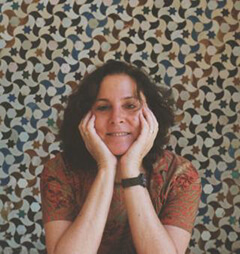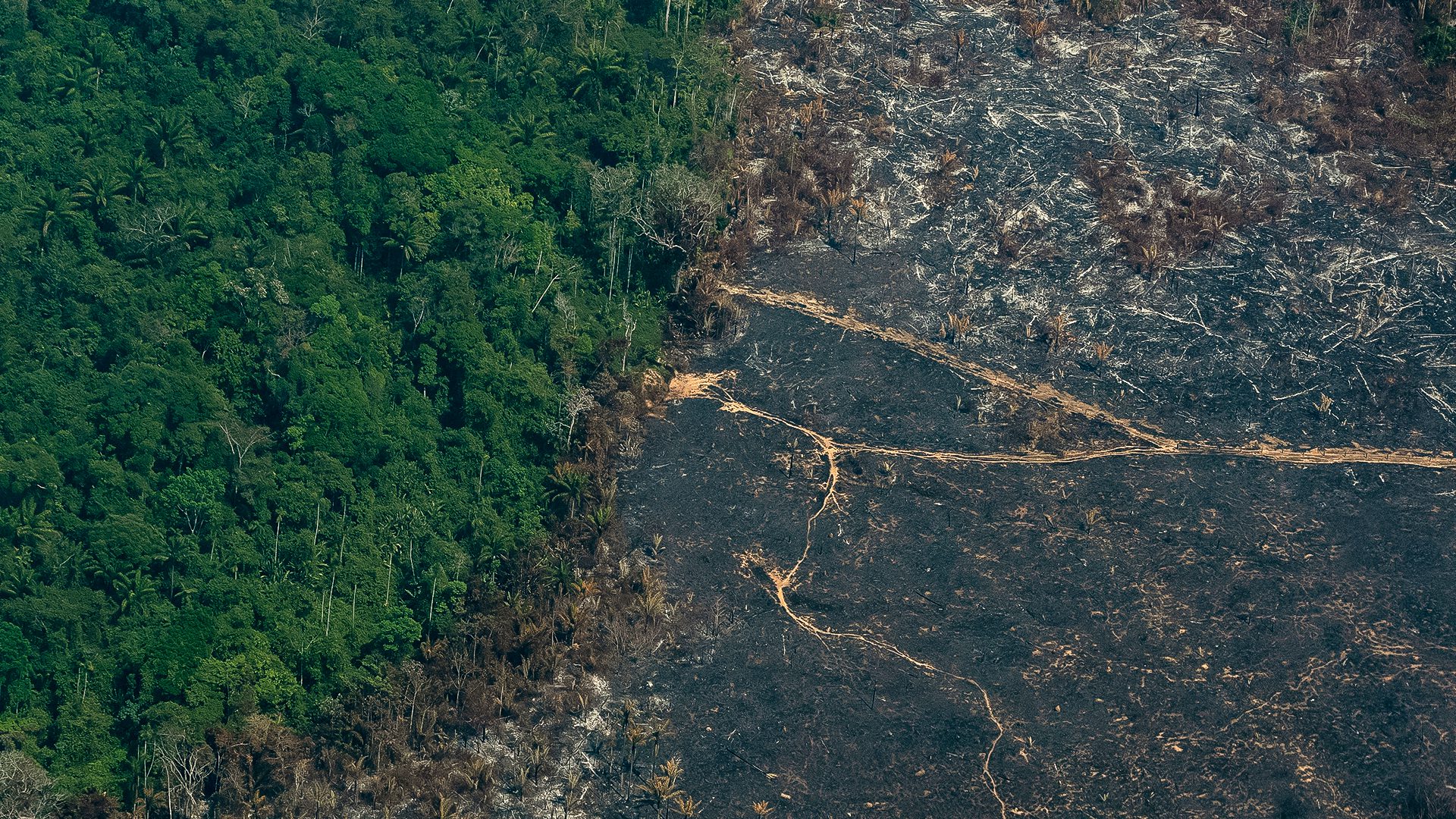- September 24, 2019
- By Laura Ours
In the wake of devastating fires in the Amazon basin, seven Amazonian countries earlier this month signed a pact to protect the world’s largest tropical forest via disaster response coordination and satellite monitoring.
Anthropology Professor Janet M. Chernela, a renowned expert on both environmental topics and indigenous peoples in the Amazon basin, sheds light on this devastation, and possible paths forward.
What can you tell us about the Amazon fires and deforestation we’ve seen so much about in the news?
First, these are not wildfires, these are fires set by human beings. As fire is an important component of farming in the tropics, they are part of the annual cycle which begins each year at the end of the dry season in late August. The total number of fires and the amount of forest burned, however, vary greatly with land use.
In the case of indigenous peoples, the footprint is very small. The amount of forest in use at any one time is so small that when the plot is abandoned after just a few harvests, the forest will grow back. Within about 25 years, that parcel of forest will be undistinguishable from the forest around it.
In contrast, when large parcels of forest are cut down for export production of cattle or soy, the distance between seed-bearing trees is so great that the forest may never grow back.
How have things changed in the Amazon over the decades?
I have been working in the Brazilian Amazon since 1978. Deforestation in the 1980s reached an all-time high, and it was a moment of great debate over the same issues that we are seeing now: the economic uses of clearance and the resources that may lie underneath the forest, versus the importance of the standing forest for temperature, water cycles, carbon sequestration and other ecological services.
At the time, I was part of the Department of Ecology at the National Institute of Amazonian Research—a federal Brazilian research institute, much like the German Max Planck Institute, with which it partnered.
The struggles to protect the forest during the 1980s were successful. In 1989, Brazil created the Brazilian Institute of the Environment, and in 1992, a Ministry of the Environment. In 1993, it created a system of protected areas. By instituting laws, fines, oversight, and by educating the public, deforestation in the Brazilian Amazon fell by as much as 70%. This is a great victory. And, it shows that transformative environmental policy can be achieved.
But the reverse, too, is possible. When these protections are removed, as they have been recently, deforestation rates begin to soar. We see this in the number and extent of fires.
What have you learned about preventing deforestation by working with indigenous peoples?
Indigenous peoples—perhaps because their livelihoods depend upon the standing rainforest, or because their experiences over millennia have taught them how to avoid its destruction—are the best protectors of the standing forest. As environmental NGOs report, protecting indigenous territories is the most effective means of stanching deforestation. It is a more effective strategy, for example, than creating conservation areas such as national parks.
What do your students learn from indigenous peoples the Brazilian Amazon?
Our students spend several weeks in the territories of the Kayapo, considered to be among the most traditional and militant of the Amazon’s indigenous people. The Kayapo area, six times the size of Switzerland, is located along the Arc of Deforestation at the southeastern edge of the Amazon. Overflight shows that clearcutting for cattle ranching and soy goes right up to the border of the indigenous territory; thereafter one sees a carpet of verdant standing forest.
The Kayapo actively monitor the borders of their reserves through overflights made possible through partnerships with international environmental NGOs. Their management of the reserve is a model of sustainable resource use, and it is this that is the subject of our class.
The students live in the Kayapo village and get to know the community. They visit the Pinkaiti Ecological Research Station within the reserve, and are introduced to ongoing research. They hike through the forest with Kayapo hunters who point out useful plants and discuss plant-animal interactions. They also make treks to the nearby grasslands, where the Kayapo demonstrate their methods for controlled fires, as they have been making them for millennia.
Based on your research, what changes are needed—both in policy and mindset?
Globally, it is important for all peoples to understand the crucial role played by the Amazon rainforest in ecological services. The standing forest helps to mitigate worldwide climate change by absorbing around a quarter of the CO2 released each year from the burning of fossil fuels. In addition, the forest serves to regulate rainfall and temperature far beyond its borders.
It is also important that people appreciate the role played by indigenous peoples, as inhabitants of these forests, in their sustainable maintenance. The small footprint of indigenous land use is a model for all.
Brazil’s largest exports are beef and soy. These land uses need to be more efficiently and more sustainably carried out and we, as consumers, should consider altering our consumption habits.
Topics
Research